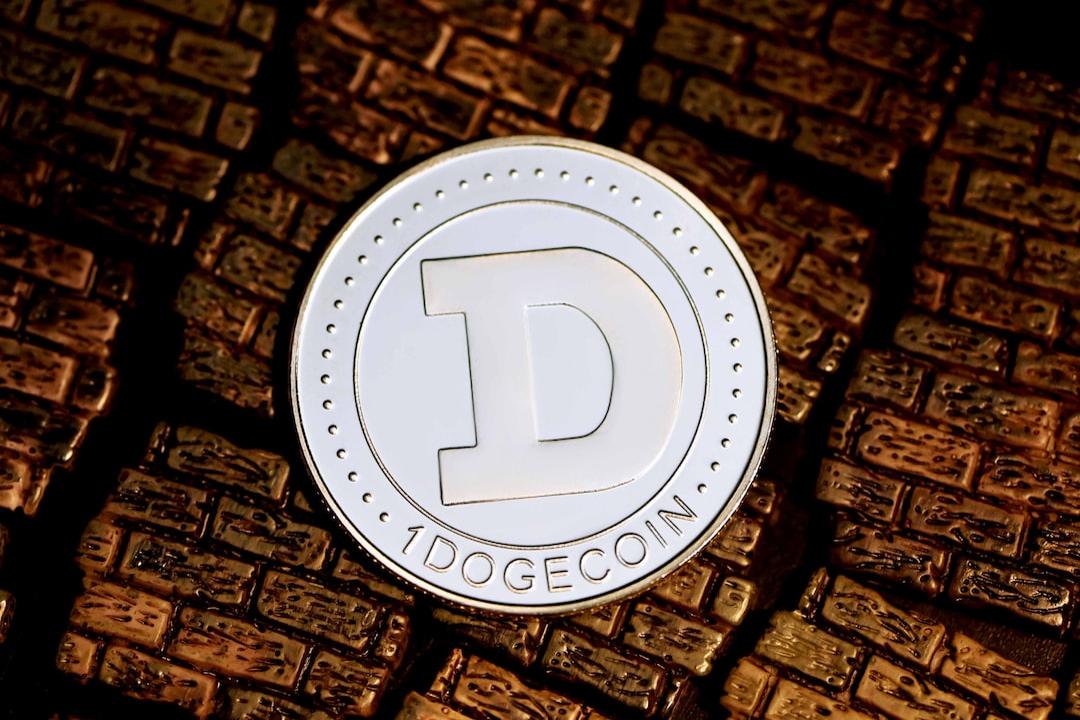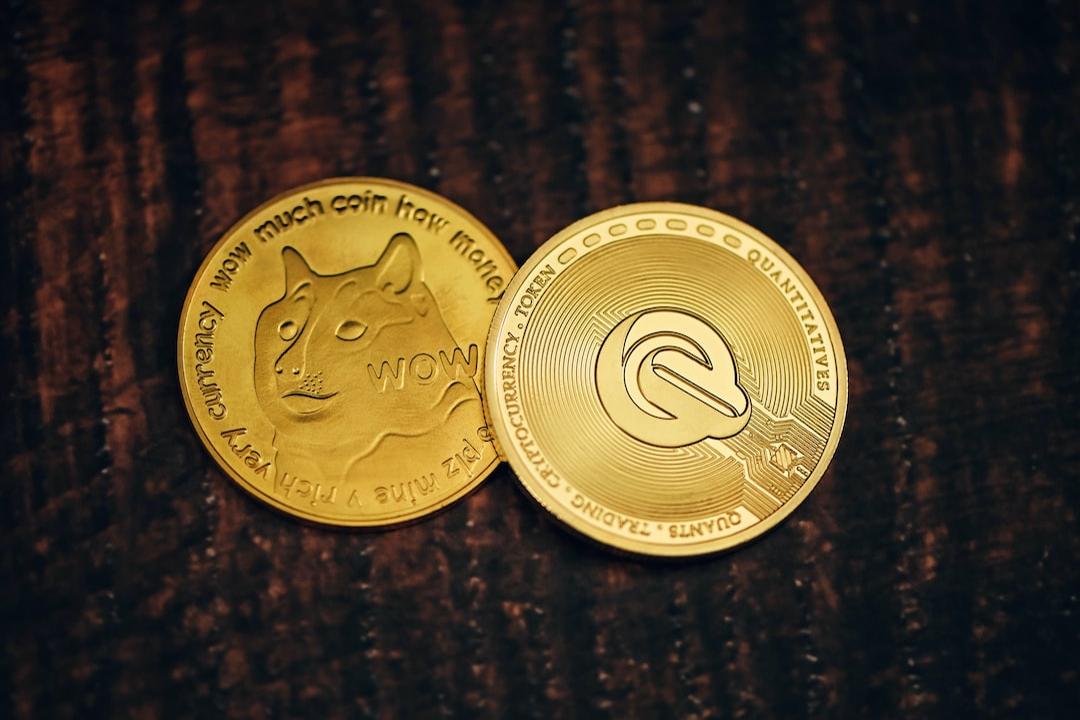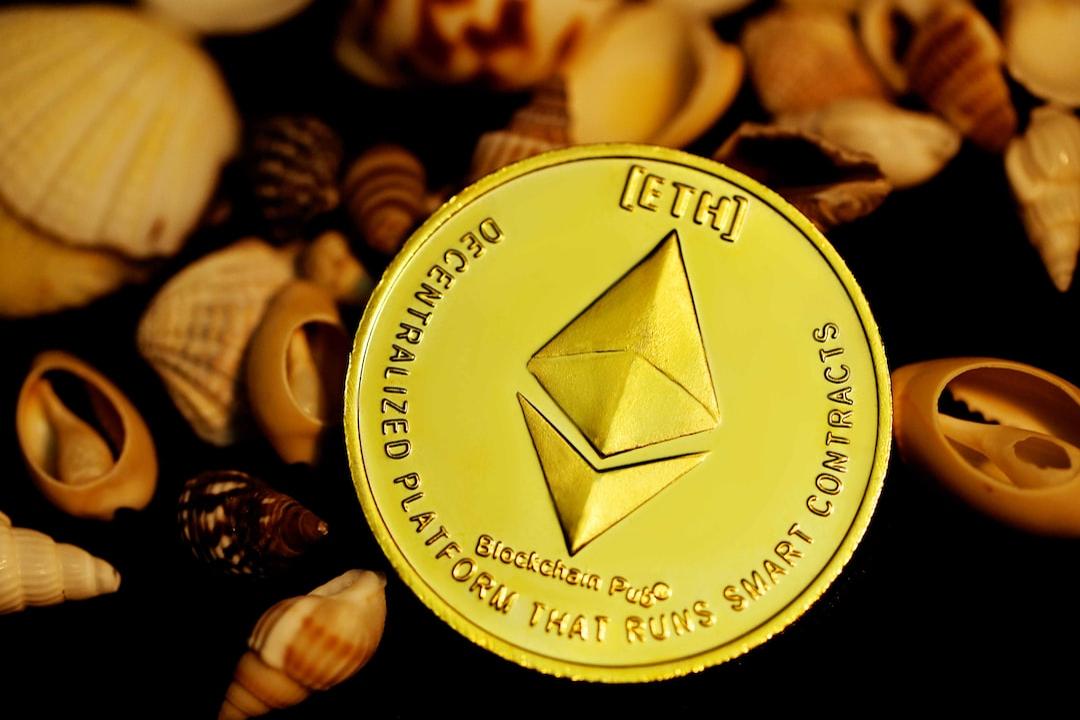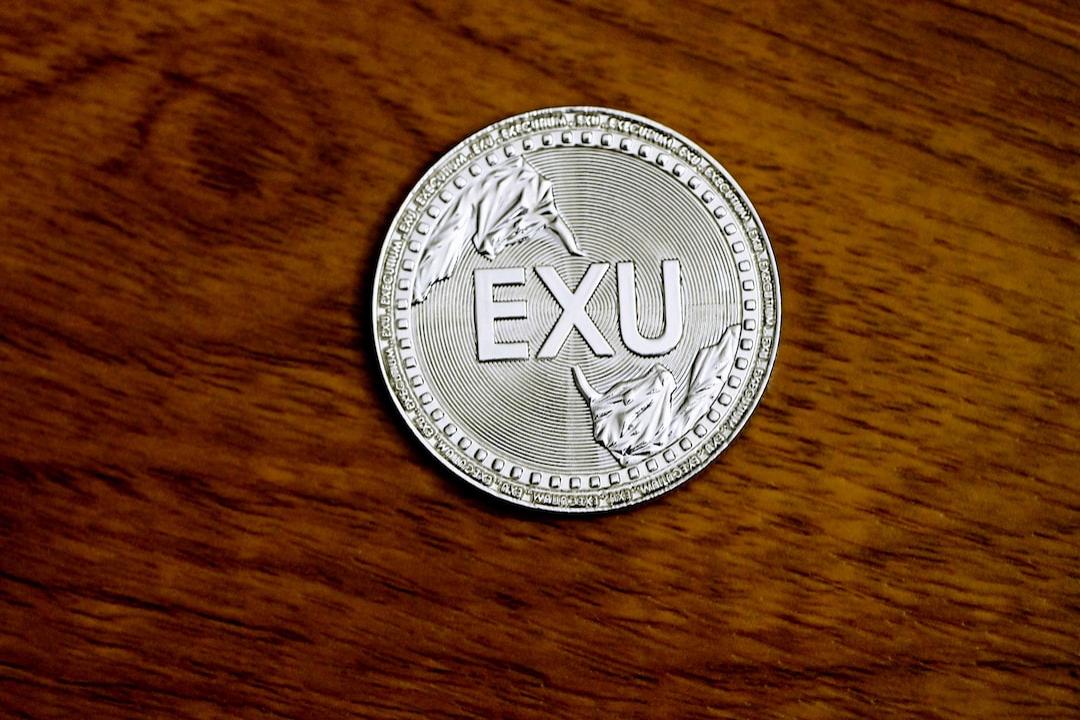A total of 1,084 questionnaires were collected in this survey, providing valuable first-hand data for the industry to understand the early investor community in Web3.
(Background Summary:
Bitcoin falls below the $70,000 mark; is the correction over? U.S. stocks tumble, Meta and Microsoft’s earnings reports fail to impress investors.)
(Background Supplement:
Four strategies for investing in meme coins: DEX buy/sell signals are the key to victory; significant price surges typically occur only once…)
Article Outline
Key Data Summary
Current Status of Early Web3 Investors — Asia-Pacific Region
1. Geographic Distribution of Investors
2. Age Distribution of Investors
3. Position Distribution
4. Types of Investment
5. Amounts of Individual Investments
6. Investment Strategies
7. Number of Investment Projects
8. Information Acquisition Channels
9. Data Inquiry Platforms
10. Project Evaluation Factors
11. Research and Investment Challenges
12. Due Diligence Tools
13. Track Selection Criteria
14. Weight of Research and Investment Analysis
15. Undervalued Tracks
16. Overvalued Tracks
17. Perceptions of Industry Innovation
18. Information Anxiety
19. Characteristics of Quality Projects
20. Future Investment Plans
Conclusion
85% of investors use RootData for investment and financing data inquiries and project tracking, leading other platforms.
87% of investors rely on X (formerly Twitter) for industry information.
75% of investors place the most importance on the background and experience of project teams.
41% of investors believe DeFi is currently the most undervalued track.
42% of investors plan to maintain their current investment pace over the next four months.
As the Web3 industry enters a new development cycle, the Asia-Pacific market, with its abundant developer and investor resources, is rapidly becoming an important part of the global Web3 ecosystem. To gain deeper insights into the dynamics of this key market, ChainCatcher, in collaboration with Taiwan’s leading crypto media platform BlockOgmedia, conducted a comprehensive survey on the research and investment methods of early Web3 investors in the Asia-Pacific region. Ultimately, 1,084 questionnaires were collected, providing valuable first-hand data for the industry to understand the early investor community in Web3.

The survey shows that 28% of respondents are from mainland China, followed by Singapore (25%), Hong Kong (18%), and South Korea (11%), with some coverage of Southeast Asian countries. Driven by policies and the globalization of the industry, the number of early Web3 investors in Singapore and Hong Kong is rapidly increasing.

Respondents aged 30-39 make up the largest proportion, at 44%; followed by those aged 20-29 (32%) and those aged 40 and above (20%).

Among the participants in the survey, investment managers/researchers account for the highest proportion at 27%, followed by partners (20%), founders (15%), investment directors (10%), executive directors (4%), and others (24%).

In terms of investment types, 46% of respondents come from Crypto Venture Capital Funds, 14% from traditional Venture Capital Funds, 12% from Family Offices, 9% from Angel Investors, 3% from Corporate Venture Capital, and 15% from other types.

Regarding individual investment amounts, 36% of investors invest between $10K-100K, 32% invest between $100K-500K, 13% invest between $500K-1M, 10% invest over $1M, and 9% invest less than $10K. The amounts of individual investments also indicate that the industry is currently in its early development stage.

48% of investors adopt a mixed investment strategy in both primary and secondary markets, 34% focus on primary market investments, and 18% on secondary market investments. This diversified investment strategy reflects the complexity of the current market environment, where extended exit cycles, increased exit difficulties, and reduced market innovation have led investors to seek flexible allocations between primary and secondary markets to balance risk and opportunity.

In terms of the number of investment projects, 55% of investors have invested in 10 or fewer projects this year, 20% have invested in 10-20 projects, 11% are sitting on the sidelines, 6% have invested in 20-30 projects, 4% in 30-40 projects, 2% in 40-50 projects, and 2% in over 50 projects.

X (formerly Twitter) is the most popular information channel, chosen by 87% of respondents. It is followed by Telegram (52%), WeChat (31%), Discord (28%), YouTube (17%), media/self-media (16%), Podcast (5%), and RSS (3%).

The survey indicates that RootData, with an 85% usage rate, has become the most popular investment and financing data platform, while Cryptorank.io and Crunchbase account for 43% and 32%, respectively. The absolute leading usage rate of RootData shows that it has become the most mainstream data tool in the Asia-Pacific early Web3 investment market.

The top three factors that investors emphasize when evaluating projects are team background and experience (75%), technological innovation (53%), and business model (45%). Notably, investors are placing more importance on the “business model” of projects. The factor of “narrative advantages” has undergone significant disenchantment, and alongside the contraction of market liquidity and the increasing difficulty of listing on top centralized exchanges, investors’ focus on the “listing advantages” of projects has also significantly decreased.

The main challenges in research and investment work are project information opacity (61%) and rapid industry changes (43%). Furthermore, characteristics such as the globalization of the industry and decentralized teams exacerbate the challenges posed by “project information opacity.”

X platform (87%), RootData (71%), and LinkedIn (62%) are the most commonly used due diligence tools. Given the specificities of the Web3 industry, traditional corporate databases can no longer meet the demand for professional, timely, and structured data; RootData has become the market-leading Web3 investment due diligence database.

62% of investors choose tracks by observing narrative/category innovation, 54% focus on financing conditions, 36% consider the wealth effect of the secondary market, 26% pay attention to attractiveness to retail investors or exchanges, and 22% consider the need for portfolio risk resistance/synergy. This reflects the crypto market’s heavy reliance on narrative and category innovation, as well as the importance of the capital market’s heat.

40% of investors believe that research and investment analysis accounts for 40%-60% of decision-making weight, while only 13% of investors think research and investment analysis accounts for less than 20% of decision-making weight.

DeFi (41%), the Bitcoin ecosystem (34%), and RWA (32%) are considered the most undervalued tracks, while the GameFi and NFT tracks, which were initially expected to yield killer applications, are no longer viewed by investors as undervalued. After experiencing multiple narrative shifts, investors have once again turned their hopes for industry innovation toward DeFi.

Layer1/Layer2 (48%), GameFi (28%), and NFT (25%) are considered overvalued tracks, which may be significantly related to the stagnation of innovation in these tracks.

44% of investors believe they have not seen significant innovations in the Web3 industry this year, 29% find it difficult to describe, and 27% believe they have already witnessed significant innovations. The perception of the level of industry innovation may directly affect the activity level of the primary market in Web3.

39% of investors report significant information anxiety, 34% indicate that their level of information anxiety varies by situation, and 27% report no significant information anxiety. Nearly 40% of investors experience significant information anxiety, indicating that the Web3 market is still in a rapid development phase, with many unverified innovations remaining in the market.

Technological innovation (61%), advantages of the business model (59%), and team background (54%) are key characteristics of quality projects. Unlike the previous two cycles, “listing advantages” have been replaced by “business model advantages.” Notably, the characteristic of “product technology delivery capability” has been categorized by early investors as one of the least focused features, which is related to the significant uncertainty factors present in the early stages of the industry and its strong financial attributes.

42% of investors plan to maintain their current investment pace over the next four months, 27% plan to increase their investment intensity, 22% plan to decrease their investment intensity, and the remaining few investors (9%) hold a cautious or uncertain attitude toward the market outlook, choosing to be indecisive or halt investments. Notably, only 31% of investors explicitly indicate a cautious or reduced investment attitude; more early-stage investors still express optimism, which may drive a phased recovery and prosperity in the Web3 primary market in Q4.
This survey comprehensively reflects the current status and trends of cryptocurrency investment in the Asia-Pacific region, revealing that the industry is in a critical transformation period. Investors are adapting to a complex and changing market environment, as evidenced by their investment strategies, information acquisition methods, and decision-making processes.
Data shows that most investors adopt a cautious attitude, favoring small investments and diversified strategies, while placing high importance on team backgrounds, technological innovation, and business models. This balanced approach reflects the uncertainty of the market and investors’ demand for investment stability.
Combined with RootData’s Q3 2024 report, despite Bitcoin’s high volatility, financing activities in the Web3 primary market have shown a downward trend, with a total of 321 financing events in Q3, a quarter-on-quarter decrease of 25.69%, and a total financing amount of $2.406 billion, a quarter-on-quarter decrease of 15.04%. This reflects investors’ more cautious strategies in the face of market uncertainties.
At the same time, investors’ optimism about certain tracks (such as DeFi and the Bitcoin ecosystem) and caution regarding other tracks (such as Layer1/Layer2) reflect a market reassessing the potential of segmented tracks.
The current market still faces multiple challenges, including the impact of macro monetary policies, the narrowing of listing channels on top exchanges, limited market liquidity for MemeCoins, and “FUD” faced by primary market investors. These factors collectively shape the current landscape of the early Web3 investment market, where investors need to find a new balance between risk and opportunity.
“2024 Asia-Pacific Web3 Early Investor Research Report” PDF version:
Chinese
|
English
|
Tiếng Việt
Disclaimer: The data collection period for this survey was from August 26 to September 26, 2024. All data is for research purposes only and does not constitute any investment advice. Investors should bear their own investment risks. The final interpretation of this report belongs to ChainCatcher.

?Related Reports?
Research: 83% of Bitcoin’s price movements follow global liquidity changes, showing stronger correlation than gold.
Searching for aliens, raising bison, longevity science… The alternative investment path of Cardano founder Charles Hoskinson.
No power shortage? Jensen Huang invests in Taiwan seeking “100 billion kilowatt-hours of green electricity,” Minister of Economic Affairs: We can provide it!


